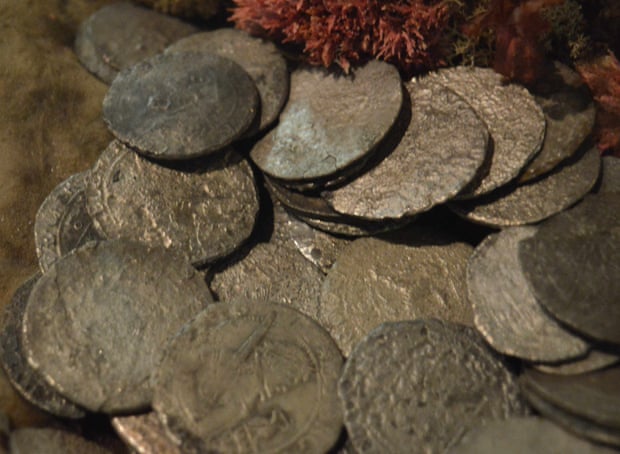Madness, murder and rape on the Batavia
- On 06/05/2025
- In Famous Wrecks
- 0 comments

By Tory Shepherd - The Guardian
An “evil” man took advantage of a shipwreck to lead a mutiny that caused the death of more than 100 men, women and children.
So goes the story of the Batavia, wrecked off the Western Australian coast in 1629. Survivors of the wreck found themselves marooned on a reef and chain of islands about 60km out to sea. Far from help, in the “harsh and unforgiving end of the earth”, the murders and rapes started.
“More than 100 people died in the grounding but the carnage didn’t end there,” is how the Australian National Maritime Museum describes it.
“What befell the survivors was sheer horror – anarchy, tyranny, madness, murder and rape, in a reign of terror where people were picked off one-by-one.
“Only about a third of the 340 passengers and crew would live.” It’s one of Australia’s most horrifying incidents. Researchers are still studying the mass graves found on the islands.
While no one doubts the terror that unfolded, a Dutch academic has posed a different theory: that rather than a dastardly plot, ordinary men were driven to terrible acts by starvation.
It has been said the Batavia story parallels the TV show Yellowjackets, and it has also been credited with inspiring hit UK reality show The Traitors – which was originally going to be called The Mutineers.
But what if we’ve got it all wrong? The cultural psychologist Jaco Koehler says there’s an alternative scenario that provides “a better explanation for what happened”.
His theory – The Batavia Disaster: A new scenario to explain the massacre after the shipwreck – has been published in the May edition of the International Journal of Maritime History. Koehler writes that bias in the reports from the time and the use of torture akin to waterboarding cast doubt on the theory that one man plotted a mutiny and oversaw a massacre.
shipwreck archaeology museum wreck Australia
Add a comment